What makes Eastern Adriatic/Herzegovina region-grown, Rosemary plant/essential oil profoundly special?
During the domestic research work on the project of introducing the Immortelle seedlings into the organic production, it was shown that the area of town Ljubinje, i.e. Herzegovina region, has better climatic and pedological (soil) conditions for breeding not just Immortelle, but numerous other herbal and plant species, as well, which results in their prominent therapeutic/healing characteristics, in comparison to Europe’s/French well-known regions of Provence, and Corsica.
The “exclusivity” of the two lastly mentioned French regions, in upper stated context, is nothing more than a decades-long/well-financed, branded myth.
Herzegovina region, a worldwide heritage of more than 700 medicinal herbs and plants, many of which are endemic, specific/unique climatic, and soil characteristics, represent the mix of a warm Mediterranean, and cold Alpine mountains atmospheric conditions, followed by the rocky soil, rich in limestone.
It is exactly these, above highlighted, Nature itself-given aspects, that are resulting in the inimitable chemotype structure of Rosemary, and other essential oils, made from the herbs and plants, collected within the Herzegovina region borders.
Pay close attention to what you are purchasing, and using, that markets as a “essential oil”, furthermore, and especially, as a “therapeutic-grade”, “food-grade”, “pure”, “local”, and similar!
It is not uncommon, and not a big secret, as a matter of fact, that many essential oil manufacturers, and retailers, are using shady/dishonest practices while distilling, and/or distributing their products.
These include, among other:
- Completion of the distillation process within the period of time that is too short, and using temperatures/pressure that are too high/strong, in order for the essential oil extraction process to pass properly/smoothly, and to result in a final extract/essence that possesses all of the therapeutic/healing components of the herbal/plant raw material, in a concentrated form (this is a common, shady practice, with the industrially-made products)
- Diluting the concentrate (essential oil/s), with natural and/or synthetic matter (for example, with using the following: Almond oil, fragrance chemicals, etc.)
- Diluting the concentrate (essential oil/s), with other essential oil/s, which possess similar aroma, and are, usually, incomparably cheaper than the original concentrate being diluted; (classical example here is Melissa essential oil – it is often times diluted with citrus essential oils, whose smell resembles Lemon balm)
- Subterfuge of synthetic/fragrance substances, marketed as “natural” “essential oils”
- Deception regarding the location where the essential oil was distilled (for example, the Lemon/Orange/Melissa essential oils, marketed as “Mediterranean”, are, actually, made in India, China, etc.)
- Increasing the amount of certain beneficial/valued compounds within the essential oils, explained within the following examples – the levels of neryl acetate, a valued/healing compound within the Helichrusym Italicum, is being increased by some distributors, through citrus fruits derived one, and/or it’s levels are being increased by mixing the two, different manufacturers produced, Helichrysum essential oils (one possessing lower levels of neryl acetate, and the other one higher levels of this compound).
Eastern Adriatic Rosemary Healing Essential Oil
Traces of rosemary have been found in Egyptian tombs. It seems that the Greeks and Romans echoed the ancient Egyptians, as they considered rosemary a symbol of rebirth.
The name of the plant comes from two Latin words, and means “sea freshness”.
Rosemary oil is described in “Physica”, the book of Hildegard von Bingen (1098-1179), the famous herbalist and naturopath of the Middle Ages.
The rejuvenating qualities of rosemary manifested themselves in the case of Isabella, Queen of Hungary. In her elderly years, she used rosemary oil as a facial tonic. As a result, her long-lost youth actually ,,returned to her”, in terms of a greatly improved skin texture, tone, and elasticity.
Therapeutically, rosemary is used to treat respiratory, circulatory, gastric and nervous disturbances, congestion in the liver, muscle and rheumatic pains, as well as the skin disorders.
Rosemary camphor essential oil is a very versatile essential oil widely used in aromatherapy due to its strong tonic and invigorating properties. Its stimulating effects are ideal for clearing the mind, helping to focus and uplifting. Rosemary is used to counteract fatigue, and increase determination. This particular rosemary chemotype: camphor, represents an ideal, and a very powerful analgesic for the muscular system (arthritis, cramps, spasms).
Health Benefits, Uses:
Muscle relaxant, analgesic, anti-inflammatory, improves blood flow
- Camphor rosemary is tremendously helpful remedy for joint and muscular problems, the most powerful here among other rosemary chemotypes. Helps to restore blood circulation, relieves pain. Works as an antispasmodic. Used in the treatment of arthritis, neuralgia.
- With sprains, it contributes to faster recovery, due to anti-inflammatory and antioxidant effects.
- Antispasmodic
- Suppresses the migration of leukocytes in vivo and in vitro (anti-inflammatory effect).
Expectorant, strong mucolytic and decongestant
- Makes breathing easier in the case of a cold, eliminates congestion. It is used for cough, bronchitis, sinusitis
- Supports immunity.
Enhancer
- Improves the penetration and absorption rate of any natural raw material, taken alongside, prolongs its effect.
Increased vascular tone, cardiac activity (due to camphor)
- In one study, the 1,8-cineole chemotype showed an increase in blood pressure in hypotensive individuals. Camphor rosemary would logically have a greater effect.
- With varicose veins: tones the vascular wall, more effective than other rosemarie chemotypes. Well complements other essential oils, used for varicose veins (immortelle, lavender, sage).
Antimicrobial, antifungal, antibacterial effect
Psycho-emotional action:
- Neuroprotective – inhibits acetylcholinesterase and butyrylcholinesterase. Restoring acetylcholine levels by inhibiting both cholinesterases is a useful therapeutic approach for the treatment of Alzheimer’s.
- Stimulates and enhances concentration and memory, clear thinking, intellectual performance. Sharpens the mind.
- Helps to remain vigilant
- Invigorates and refreshes, increases productivity. Restores vitality, supports in stressful situations.
- Increases physical and mental endurance
- Helps overcome postnatal depression
Cosmetic action:
- Heals wounds, improves skin regeneration
- Antimicrobial, anti-inflammatory, antioxidant activity: highly effective for psoriasis, eczema, acne
- Improves microcirculation with dull skin
- Threats alopecia (hair loss), dandruff, seborrhea, oily scalp. Promotes hair growth.
Botanical Name: Rosmarinus officinalis
Extraction Method: Steam distilled
Part of Plant Distilled: Leaves and twigs
Country of Origin: Bosnia and Herzegovina
Composition: 100% Rosmarinus officinalis
Consistency: Thin
Cultivation Method: Organic
Scent Description: Active, stimulating, strong, clean, herbal, fresh and woody, with inviting notes of sweet mint and camphor
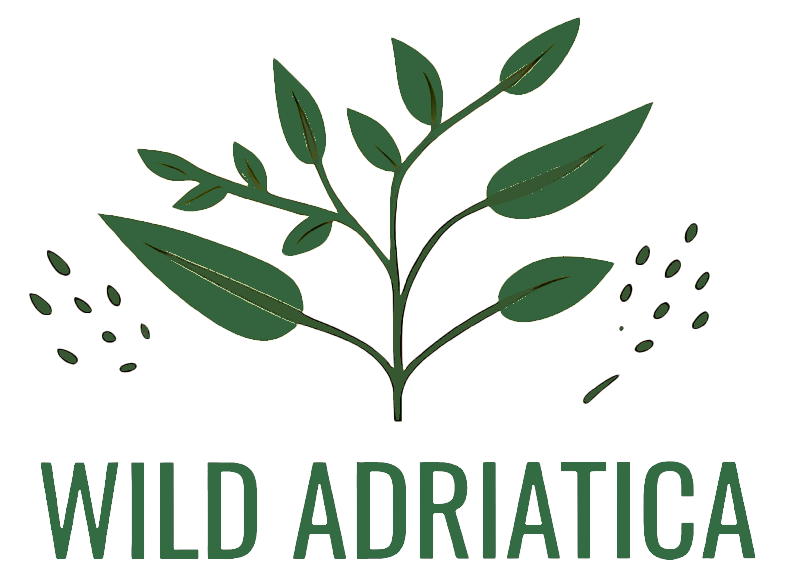
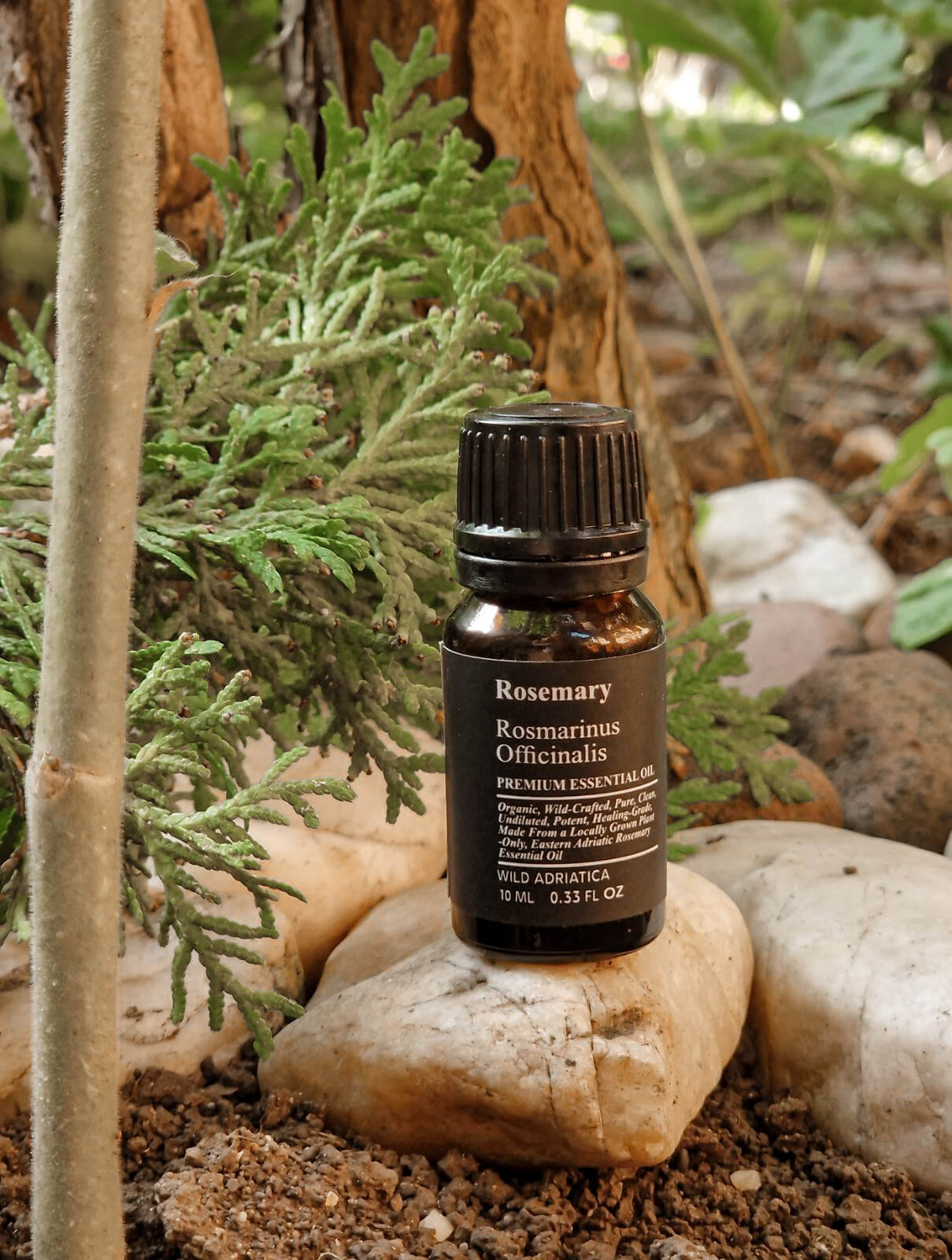
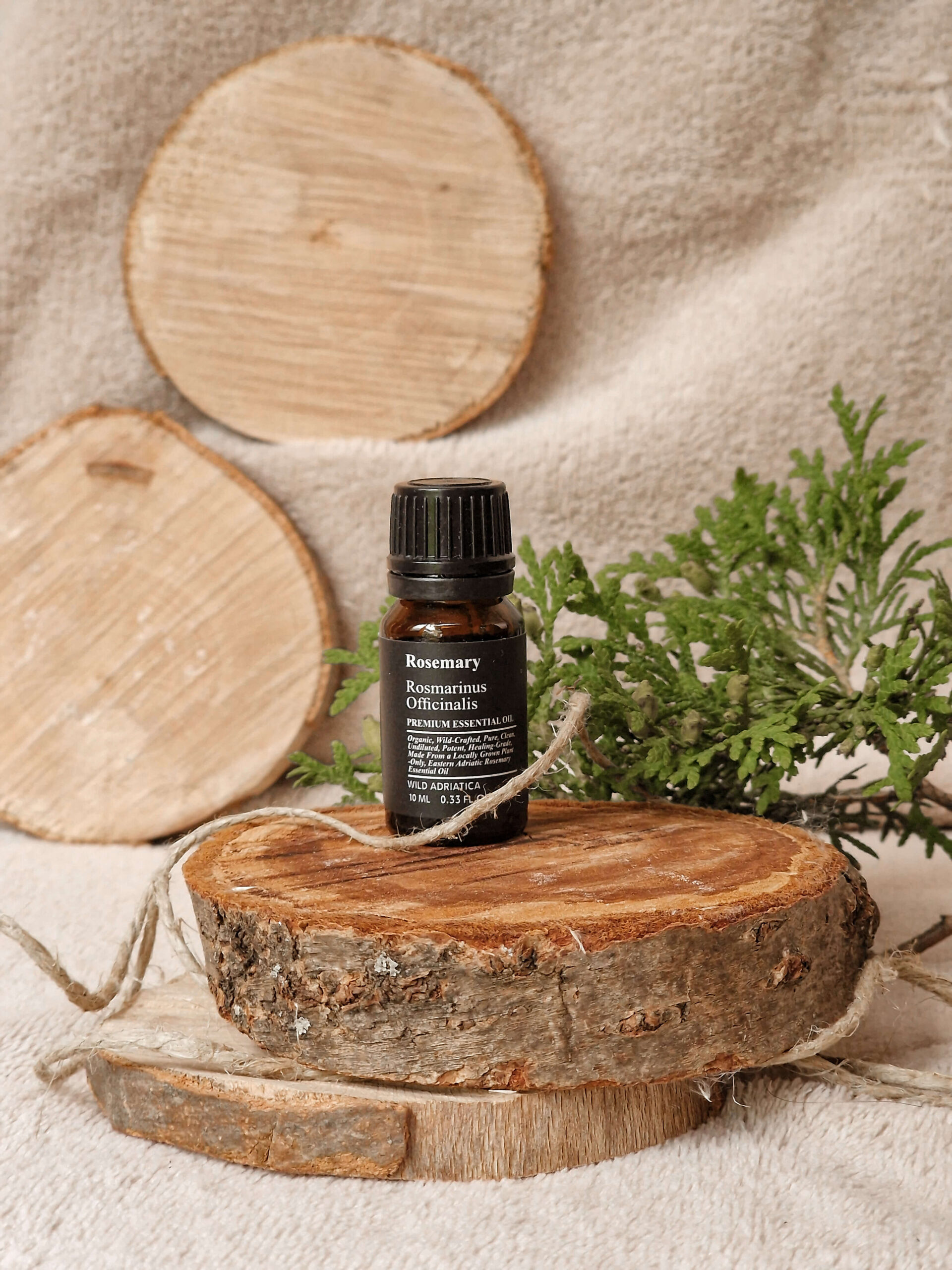
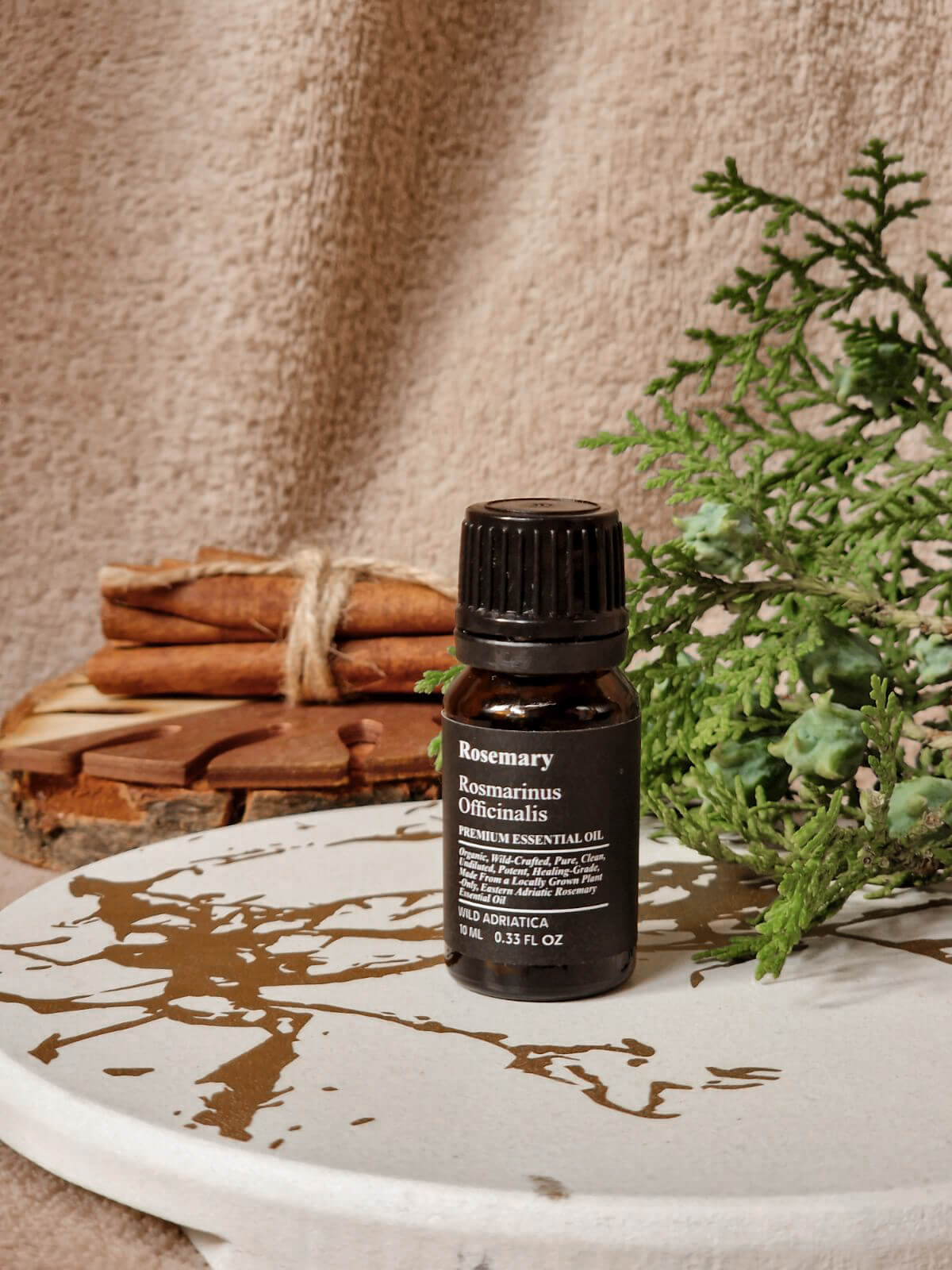
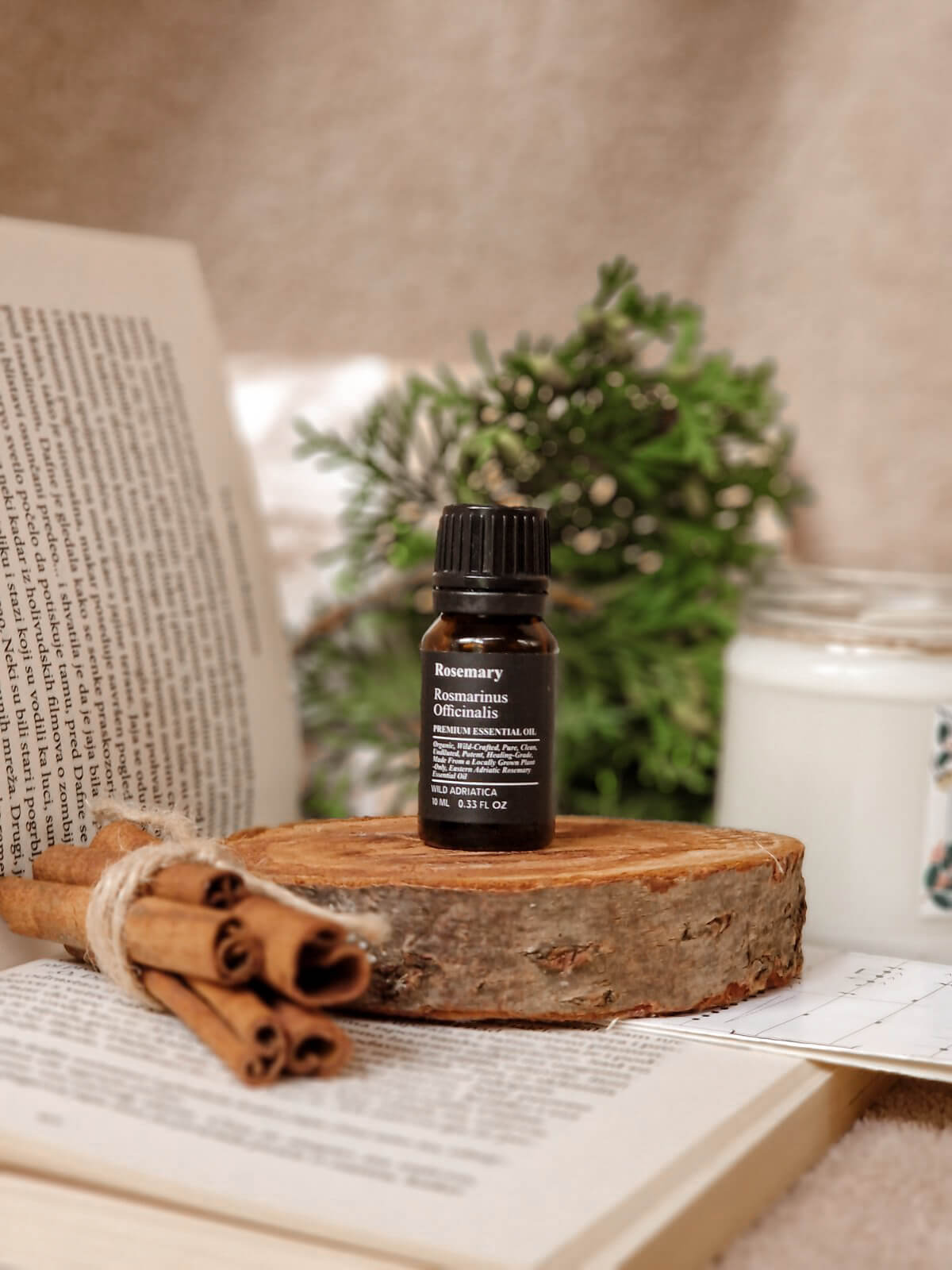
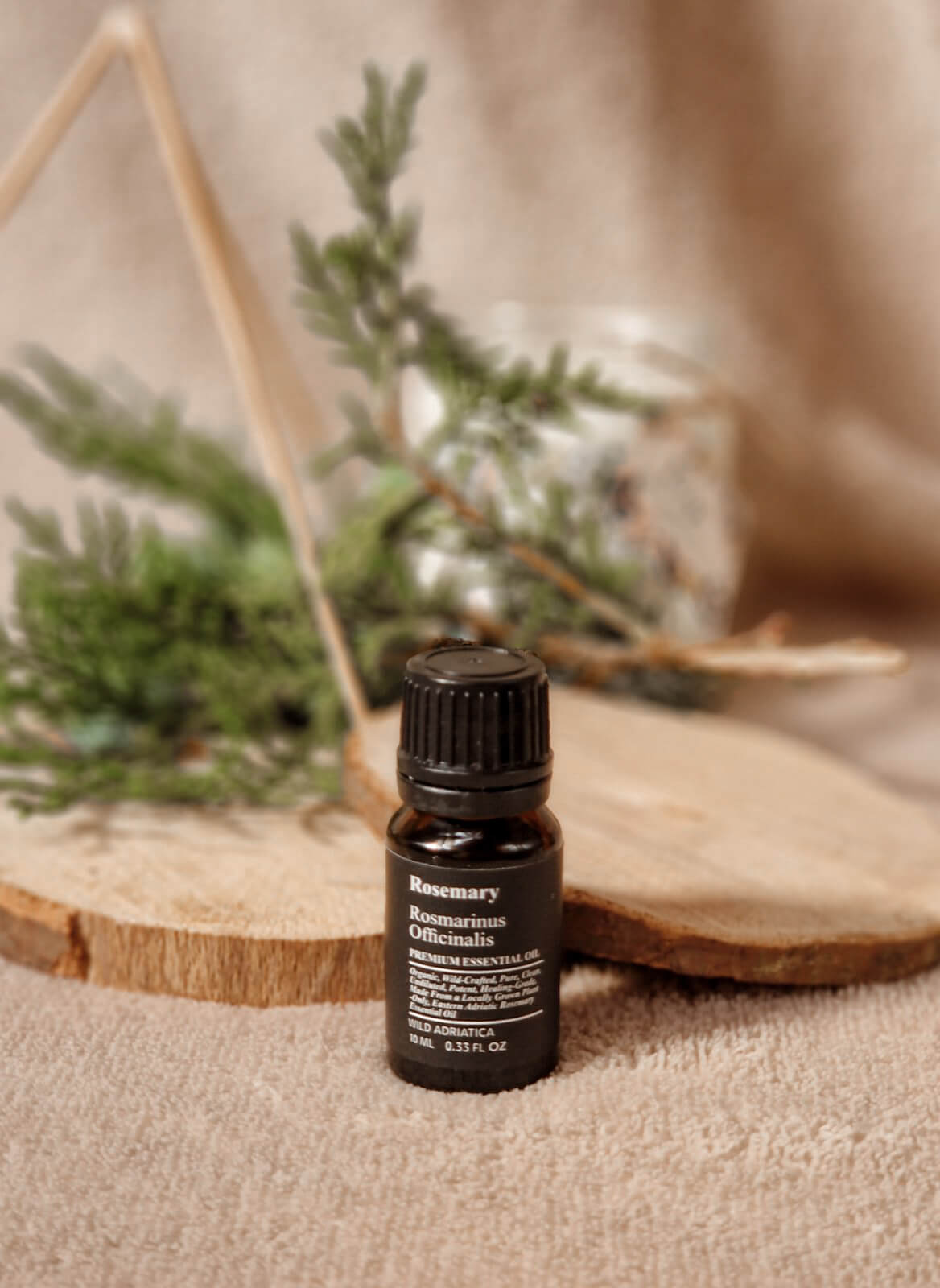
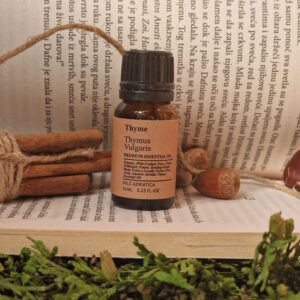
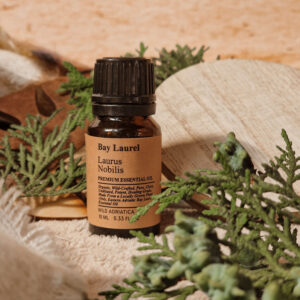
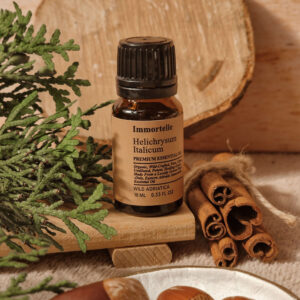
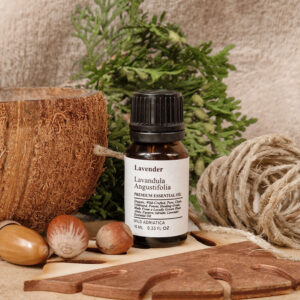
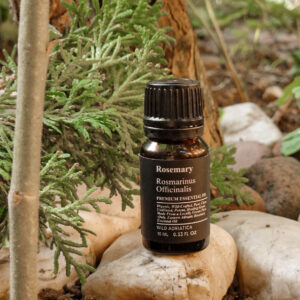
Reviews
There are no reviews yet.